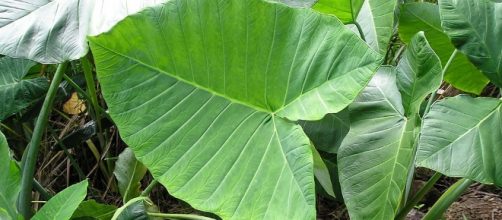At the recent Florida State Fair, whose fairgrounds are located at the entrance of Martin Luther King Blvd. and State Road 301, a club dedicated to showing the public some edible household plants met with some interesting expressions. But a recent Times Contributor, Monica Brandies says that she also visited the home of Barry and Debbie Schwartz and was amazed at the amount of aroids and arums they had around their house. "To me, the plants largely seemed too rare, too well known as house plants, too difficult for me to grow or nonedible plants," Brandies writes to Tampa Bay Times.
Everyone has one
Up North, these plants seem to fair well, but if you bring them south to Florida, they thrive. The most common species of aroids people in the North and South have seen are philodendrons. Some of these can climb trees and some can be used as a type of tropical shrubbery, with another one not quite as high and has a white picket fence around it. However, shrubbery jokes aside, there are nearly 4,000 species of aroids and some are considered edible. It's just a matter of researching the aroids located in your backyard or around your house with the use of aroid Gardening books.
Aroids and global edibility
After Monica finished looking around the Schwartz's house, she decided to check out the plants she has in her own backyard.
She discovered that the Swiss Cheese Plant she had growing around her yard is edible, but she didn't know how to cook it properly. However, the fruit resembles something like an ear of corn and that is the only thing that is edible for humans and animals. Yet the Taro plant she has or has seen has edible tubers and many Asian cultures, like the Japanese make taro paste and make deserts like Taro buns out of these plants. I've had Taro sweets before and it tastes like peanut butter, but more concentrated.
Plants such as the elephant ears, whose leaves get big and massive each time they grow every year are edible, but it depends on the types of leaves you can eat from that plant. But there are many Asian markets such as Vietnam and Cambodia that I have heard of selling the elephant ears for food.
If you are interested in looking further into edible aroids, check out some books at your local library on aroid gardening, go to an oriental market, or visit the website of some of your local gardening clubs and go to their meetings, if they offer any.

